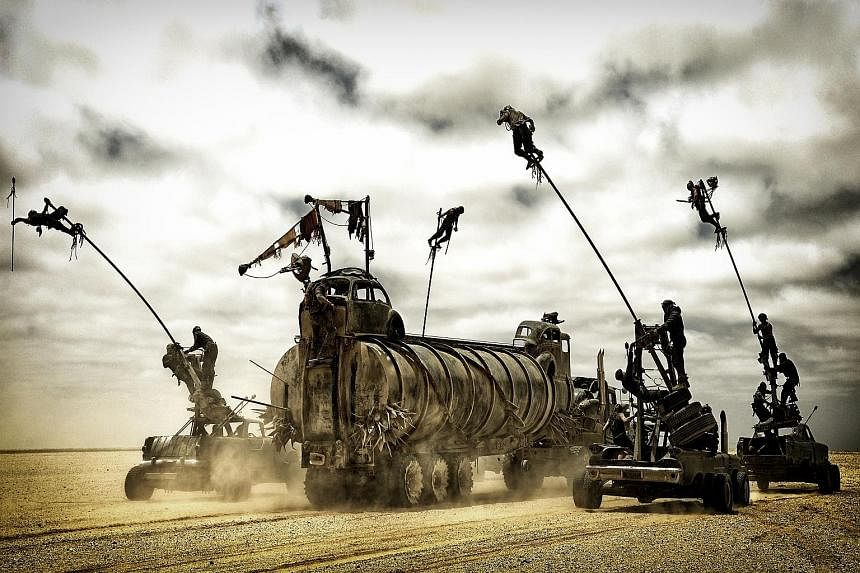THE pristine coastlines and wide open spaces of Australia and New Zealand are enticing backdrops for film-makers, with movies such as The Lord Of The Rings trilogy giving the local landscape a virtual starring role and making it globally famous.
But filming of large-scale blockbusters with elaborate sets and crews of several hundred can cause lasting damage to the environment.
The concerns have prompted local authorities to adopt increasingly stringent guidelines to prevent degradation and provide clear rules for film-makers. But experts say the protection and oversight are often inadequate and agencies need to do more to ensure that Hollywood cleans up.
Conservation and ecotourism expert Guy Castley, from Griffith University, said the recent focus on guidelines for film-makers has helped limit disturbances to wildlife and habitats, but more needs to be done to measure and monitor the impact of filming.
"There is not sufficient monitoring beforehand of what is at the site that could be affected," he told The Straits Times. "There is still a need to properly regulate what is in place to look at how bad the impact could be."
The issue arose in Australia after the release last month of Mad Max: Fury Road, which was criticised for damaging an ancient desert ecosystem in Namibia.
A report commissioned in 2013 by Namibian Coast Conservation and Management, a local environmental group, found that parts of the Namib desert, believed to be the oldest in the world, were damaged during filming of the large-scale action blockbuster.
It said crews disturbed sensitive areas and tried to cover over the damage, endangering rare desert reptiles and plants.
The nation's film commission denied the claims and insisted that the producers complied with all regulations.
Perhaps the most controversial example of environmental interference by film-makers has been The Beach, a 2000 movie starring Leonardo DiCaprio. Filmed in the Phi Phi Islands in Thailand, it prompted a furious backlash from environmentalists after bulldozers widened parts of the beach and 60 imported coconut palms were planted to make the area appear more of a "tropical paradise".
Seeking to prevent such disturbances, the authorities in parts of Australia popular with film-makers, such as the Gold Coast, have introduced stringent guidelines and application procedures for using nature reserves. The Gold Coast, which has a large studio, hosted A$529 million (S$714 million) worth of filming between 2005 and 2013 and is currently the site for the latest Pirates Of The Caribbean instalment.
The city's guidelines, released in November 2013, include strict rules such as banning filming during breeding seasons and limits on the number of domestic animals that can be brought in.
For productions of up to three months, only 90 vehicles are allowed access and there are clear rules for special effects, such as five minutes of aircraft flyovers, 10 minutes of gunfire or car chases and 120 seconds of explosions - all to prevent loud noises affecting breeding and hunting patterns.
The film industry has welcomed the guidelines and said measures to protect the environment have been effective.
An Australian location manager for television and film, Ms Karen Jones, told The Straits Times a 200-strong crew inevitably would affect a wilderness area but "it is nothing compared to the impact that Mother Nature has".
"If we are filming in a sensitive area, we would brief the crew and say what they need to look out for - things like the crew staying on walking tracks or equipment being assigned to particular areas," she said. "Crews are becoming more aware and more educated. If you do the wrong thing, your chance of going back to a location is slim or none."
But some environmental groups have called for a total ban on filming in conservation reserves.
Ms Lois Levy, campaign coordinator for the Gold Coast and Hinterland Environment Council, said conservation reserves were intended "to conserve nature" and continued use for filming would cause damage.
"We would prefer there was not any major filming in our reserves," she told The Straits Times. "It is not just someone going in with a camera. They go in with masses of equipment and are in there for months. If it becomes frequent, we could have major issues for biodiversity."

